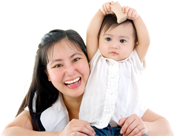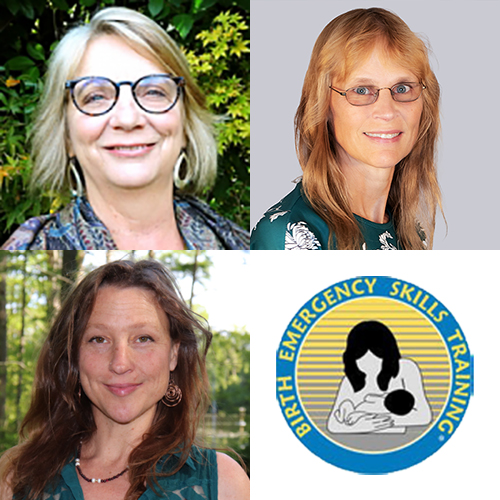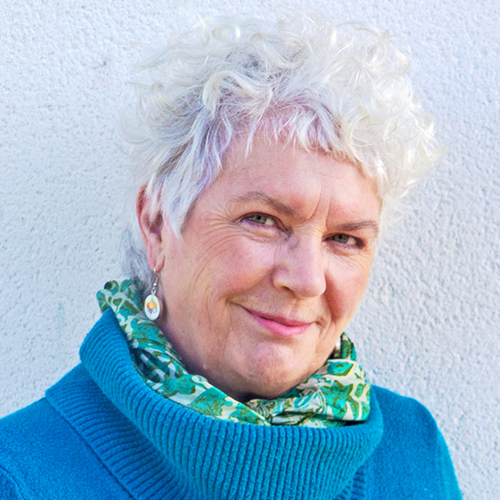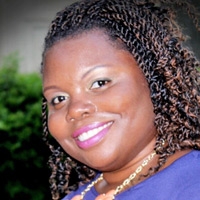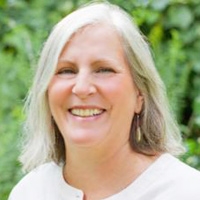 Labour Progression Online Course(s) & Continuing Education
Labour Progression Online Course(s) & Continuing Education
Access the latest clinical skills and research for Labour Progression for PREGNANCY, LABOUR & CHILDBIRTH professional training. These Labour Progression online courses provide practice-changing skills and valuable perspectives from leading global experts. This Labour Progression education has been accredited for a variety of CEUs / CERPs and can be accessed on-demand, at your own pace.
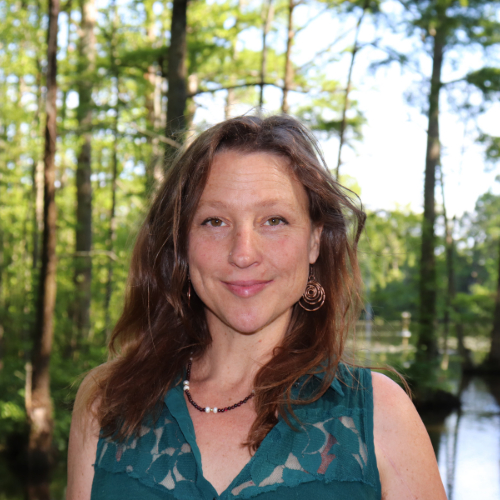

Avril is the founder of the Midwife Method - a midwife-led, supportive and educational online program dedicated to empowering all birthing people who want to experience a conscientious and connected pregnancy, birth and transition into parenthood. Who want to learn to thrive in body, mind and spirit and not only feel prepared and informed every step of the way...but loved, supported and guided throughout. This incredible resource is available for busy midwives to count on, to provide for all the educational needs of their clients to have a healthy, joyful and empowering pregnancy, birth and smooth transition into parenthood.
For the past four years, she has loved being an instructor and office manager with Birth Emergency Skills Training® (B.E.S.T.), as well as co-developer of the Online and Hybrid programs. B.E.S.T. is dedicated to improving maternal and fetal outcomes by helping midwives effectively, efficiently, competently and confidently manage emergencies when they arise.
She has been intimately woven into the fabric of serving birthing families since 1998 working at home and in birth centers. Together with her partner, she has home-birthed, home-schooled and raised 3 incredible human beings (18, 24 and 26)!
With an unquenchable thirst for knowledge and desire to support a broader population in attaining their health goals, she returned to school, completing a Bachelor of Science in nursing in 2016, then pursued a Family Nurse Practitioner degree at Georgetown University which she was unable to complete due to unforeseen circumstances.
Topic: STOP Postpartum Hemorrhage in its TRACs - [View Abstract]
Shoulder dystocia remains one of the most feared obstetrical emergencies in and out of the hospital, for good reason, it can be scary, is notoriously difficult to predict and can lead to further complications in both mother and baby. Thankfully, there are simple and effective techniques that can be employed and adapted to any environment which safely resolve the issue, much of the time. The single most important predictor of a favorable outcome is a practitioner who is alert to the signs of shoulder dystocia, well prepared to manage one and aware of how to help prevent neonatal injuries in the process. Therefore, a thorough understanding of the pathophysiology and mechanisms of action used to resolve impacted shoulders is imperative along with a team that communicates effectively and is able to manage the associated complications. Move it! Get the Shoulders Unstuck! offers a clear, up-to-date review of prevention, early recognition and responsive, effective management to resolve shoulder dystocia. Come join us on this journey through this sticky complication, one that will hopefully alleviate your fears and provide you with the skills you need to calmly disimpact the shoulders while keeping the baby safe and improve maternal and fetal outcomes.
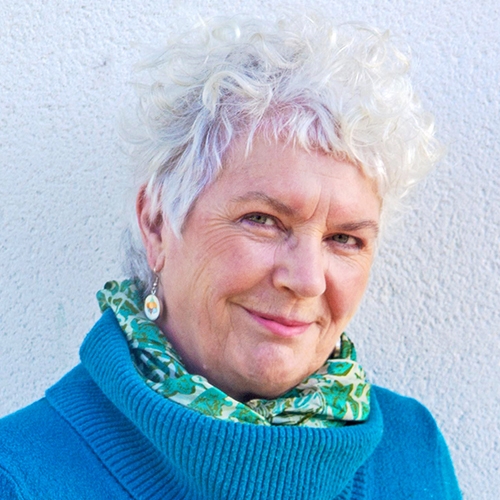
Resolving Labour Dystocia Through Improved Understanding of Birth Biomechanics

Molly O’Brien is an experienced midwife, with more than 20 years of clinical practice and has attended over a thousand births. She is also a hypnobirth and birth preparation teacher, an associate university lecturer, has created courses for midwives, campaigned for midwife led birth units and been a passionate student and enabler of normal physiological birth. She has worked in all areas of midwifery. Her favorite work was in the home environment and a Midwife Led Birth Unit. It allowed her to attend hundreds of undisturbed physiological births. It also gave her the opportunity to make a systematic exploration of midwifery skills and observations that can help resolve long difficult labours caused by a suboptimal position. The techniques and strategies that emerged from this time helped her revolutionize her own practice. She began to regularly witness dramatic progress as she put them to use in “difficult labours”. Now she teaches the course she developed for Birth Professionals, ‘Biomechanics for Birth’. She also taught for a master's course at the City of London College and runs a 3000 strong Facebook group Biomechanics for Birth for birth and women’s health professionals that carries a lively and informed discussion on a wide range of women's health issues.
In order to resolve labor dystocia in an effective and holistic manner, a deeper understanding of pelvic anatomy and physiology is required. Pelvic dynamics, the mechanical relationship between the pelvis and the rest of the body, and the dynamic interaction of the mother/baby dyad offer the chance to view birth through different eyes. This knowledge can help the health care provider to recognise activities and lifestyles that increase the chances of labour dystocia. Furthermore, this understanding will help providers identify signs of a mechanical disruption during the birth process. This presentation will offer timely techniques and positions, based on the principles of biomechanics, that increase space in the pelvis and avoid medical intervention.
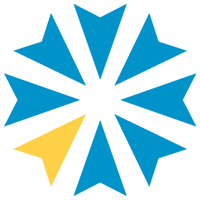
View Details / Enroll
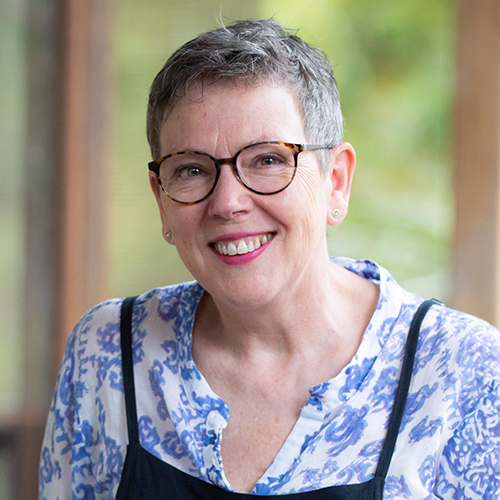
The Issues in the Pelvic Tissues and Some Possible Solutions

Fiona has been a midwife for 32 years. She is also a registered nurse and maternal & child health nurse, a birth educator and bodyworker. She has worked in Melbourne public and private birthing hospitals and has supported many families with the birth of their babies at home and in hospital. Interwoven throughout her midwifery practice has been an involvement in midwifery education and the teaching of Birthwork Workshops. The focus of all birth related teaching is on the dynamic pelvis and how to make space for the baby. Fiona is also a Spinning Babies® Approved Trainer. When not teaching workshops, Fiona offers bodywork sessions to women in a 1:1 capacity, with particular emphasis on internal pelvic release work. She has been instrumental in establishing the Internal Pelvic Release Work Mentoring Program in Australia. Fiona’s drive to teach is fuelled by a desire to see childbearing women hold birth knowledge, learn to honour their pelvic treasures and work with their innate power and in so doing, eradicate birth trauma. Fiona lives in Melbourne, Australia.
Topic: The Issues in the Pelvic Tissues and Some Possible Solutions - [View Abstract]
The soft connective tissues of the pelvis are so underestimated in their potential impact on birth. The tension held in the web of pelvic tissues can be known or unknown and either way, can cause havoc when baby is attempting to spiral through mother’s pelvic tunnel. Where do these issues in the tissues come from and what can we do about them as carers at birth? How can we work with these soft tissue connections creatively to make space?
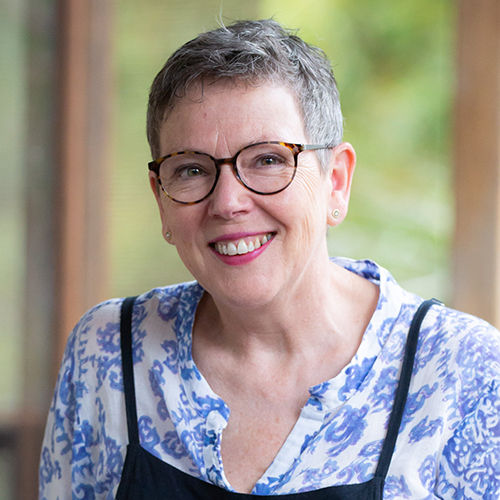
View Details / Enroll
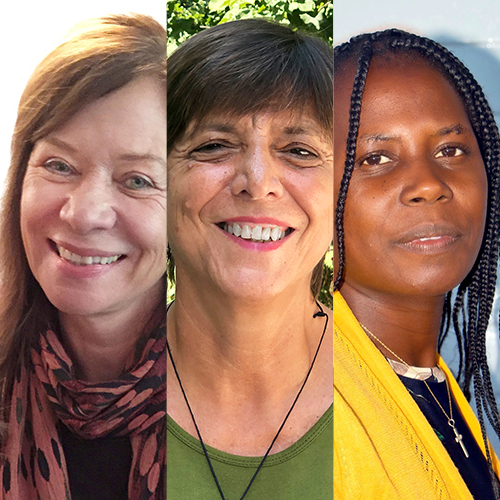

Renowned expert Elizabeth Davis has been a midwife, reproductive health care specialist, educator and consultant for over 40 years. She is internationally active in promoting physiologic, undisturbed birth and is widely sought after for her expertise in midwifery education, legislation, and organizational development. She is the author six widely translated books on birth, sexuality, and female psychology, including “Orgasmic Birth: Your Guide to a Safe, Satisfying, and Pleasurable Birth Experience,” “The Rhythms of Women’s Desire: How Female Sexuality Unfolds at Every Stage of Life,” and the textbook “Heart & Hands: A Midwife’s Guide to Pregnancy and Birth,” now in an updated 2019 5th edition (see https://elizabethdavis.com for details). She served as Regional Representative and Education Committee Chair for the Midwives Alliance of North America (MANA), as President of Midwifery Education Accreditation Council (MEAC), and as midwife consultant to the State of California’s Alternative Birthing Methods Study. She is the recipient of the California Association of Midwives’ Brazen Woman Award, and Midwifery Today’s Lifetime Achievement Award. She is Co-founder of the MEAC accredited National Midwifery Institute, and author/instructor of Heart & Hands Coursework.
Sarah Mlambo is a registered Nurse and Midwife who has international and intercultural nursing and midwifery experience in both the public and private sector. She has several qualifications from Zimbabwe, Namibia and South Africa. Sarah Mlambo is currently finalising her PhD where she focusses on a model for midwives in the facilitation of childbirth-choices. She is a published author and Midwifery educator in Namibia.
Loredana Zordan is an Independent midwife, freelance midwifery teacher. She completed a BsC in Midwifery and a Master Degree at King's College and City University of London. She has worked as a community midwife and a in a Birth center in London at University college and at St. Thomas hospital. She is a certified acupuncturist specialized in obstetric acupuncture.
She is teaching nationally and internationally workshop for midwives on the use of acupressure for labour preparation, induction of labour and for pain relief.
She is using acupressure whiting the clinical practice, providing antenatal classes and facilitating home birth. She strongly advocates the use of acupressure internationally as it will allow midwives to expand their role, becoming more complete and independent practitioner. Acupressure being drug –free and therefore having not harmful teratogenic effect, provides a much safer and satisfying childbirth experience as well as facilitating a more natural and less medicalized childbirth.
Prolonged labour is a common cause of birth interventions and can be a challenging situation for the birthing parent, family and care providers. This panel brings together midwives from different parts of the world to share their unique perspectives on the physiological and psychological causes of prolonged labour, interventions that may help and the possible implications for both the birthing parent and the fetus/newborn.
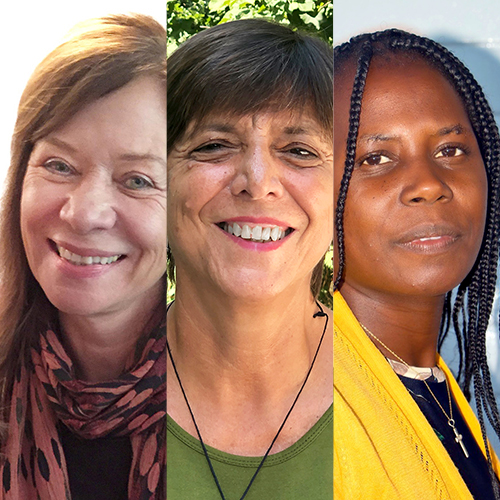
View Details / Enroll

